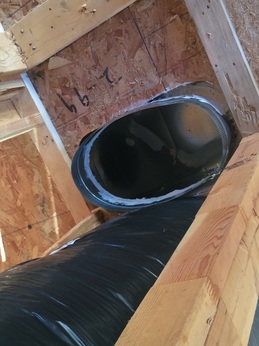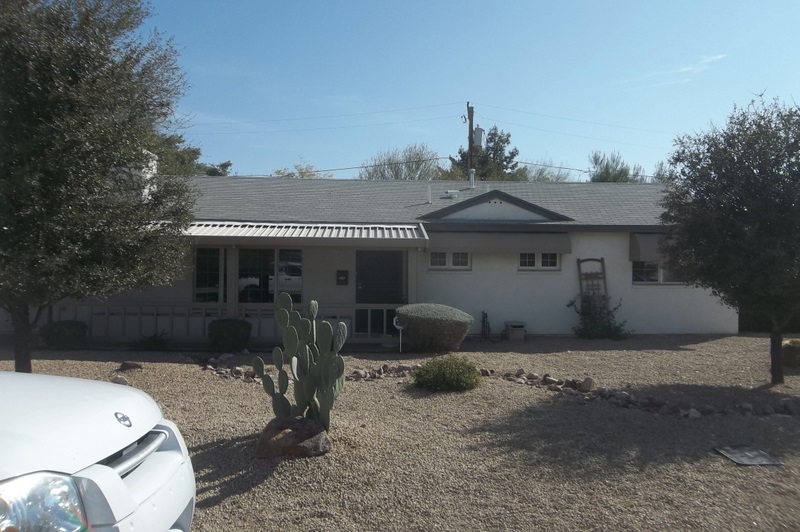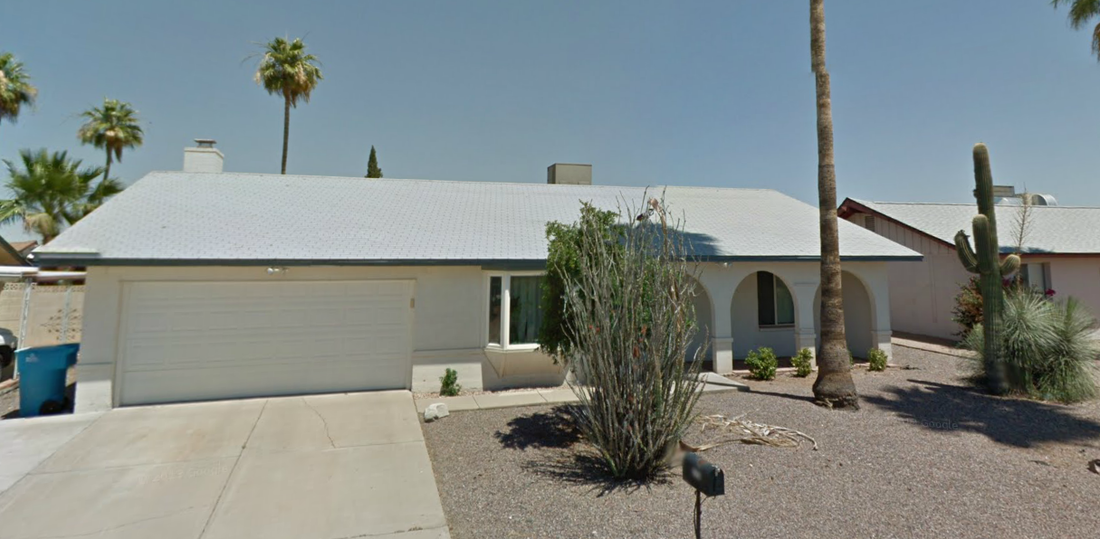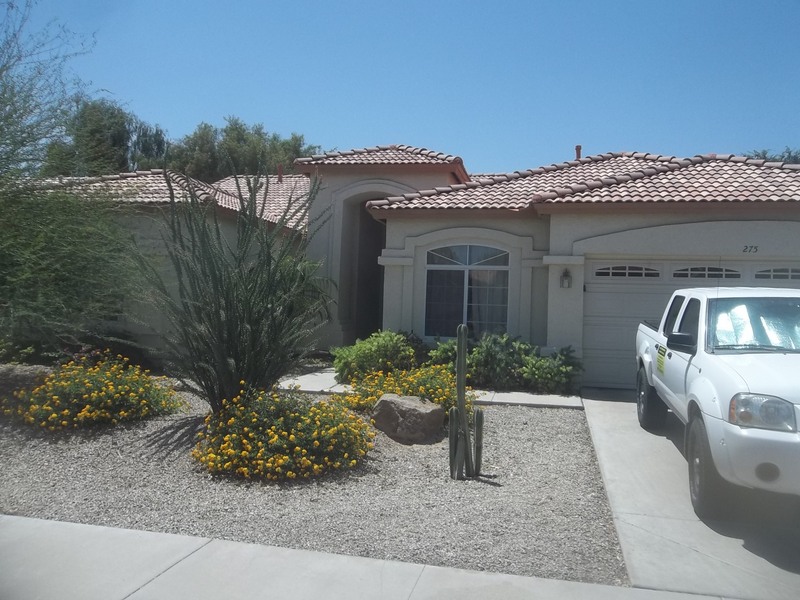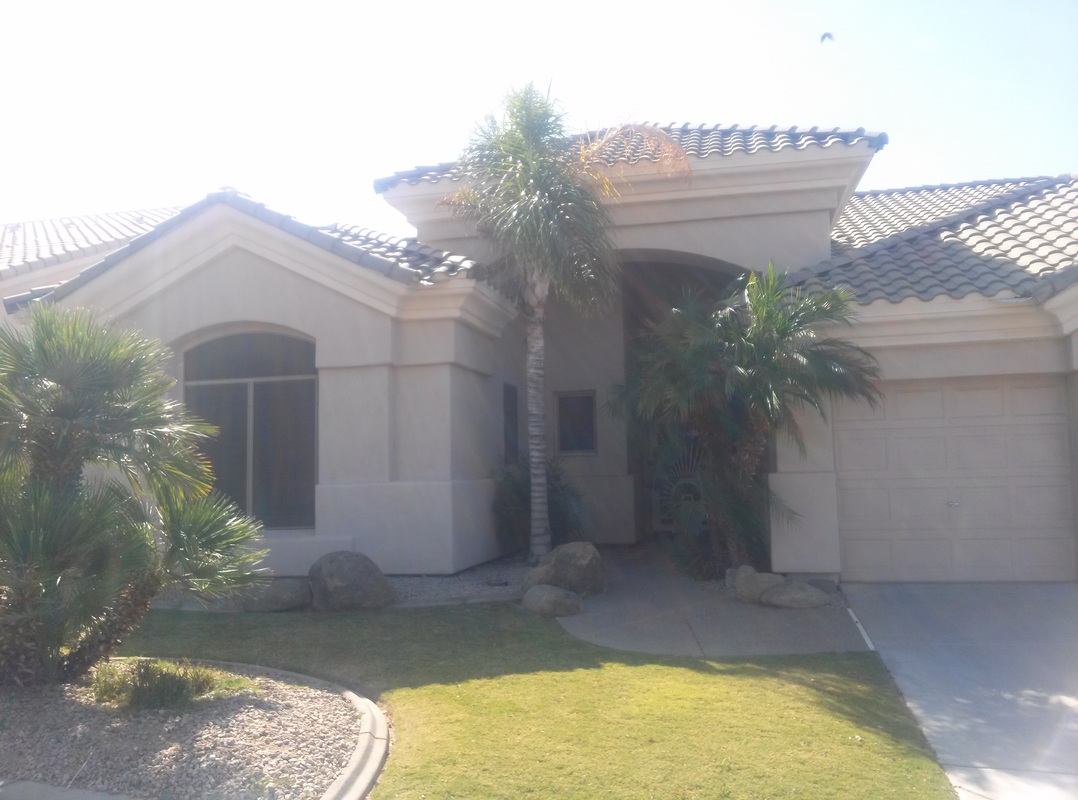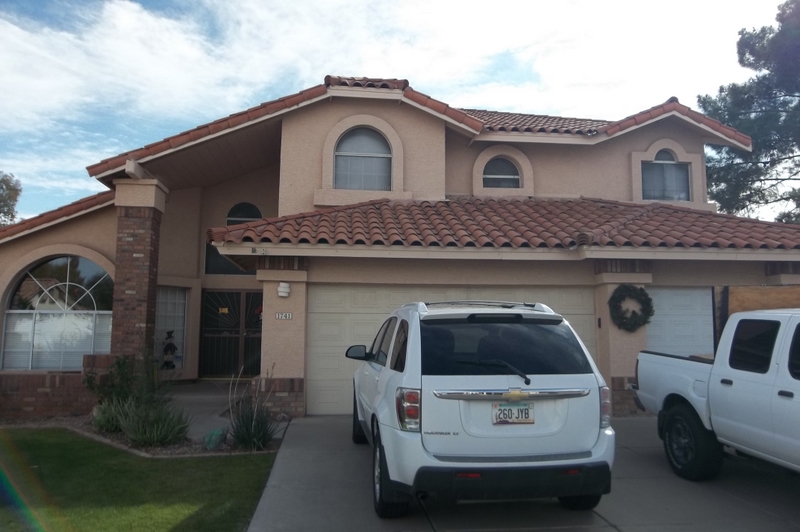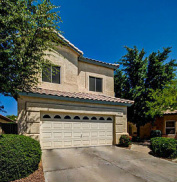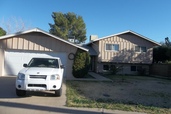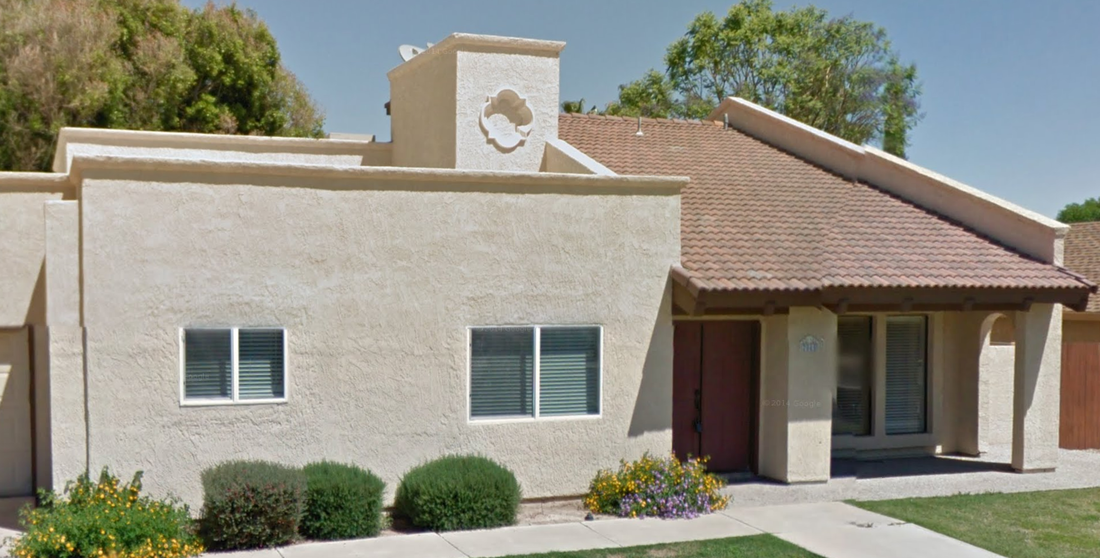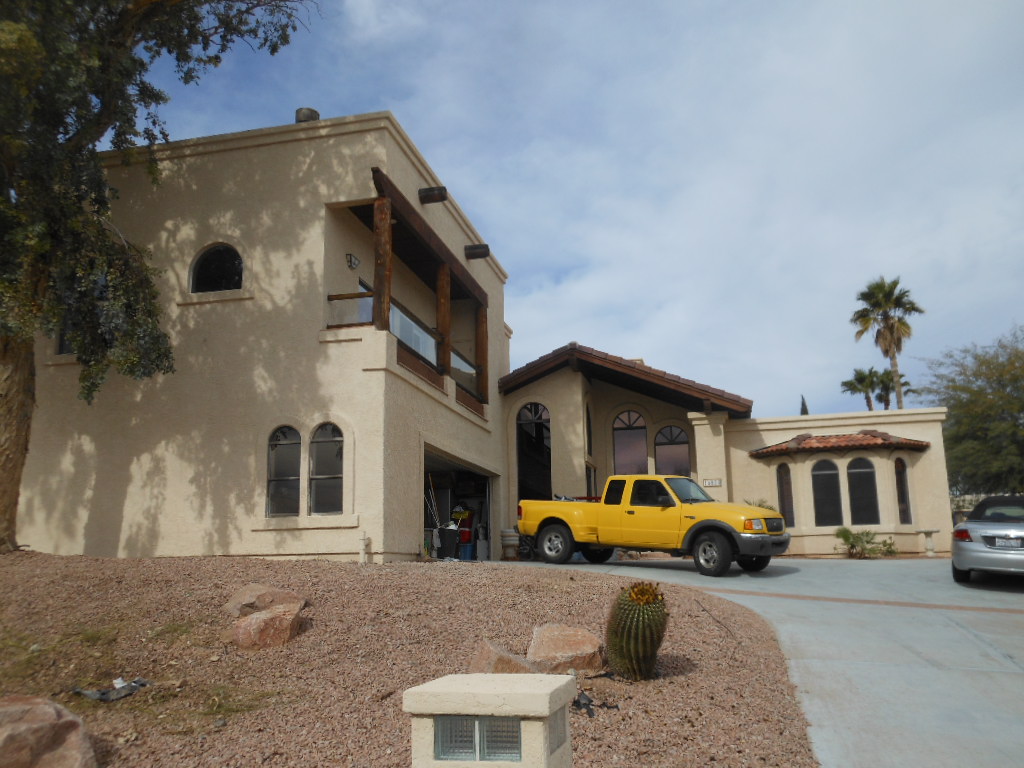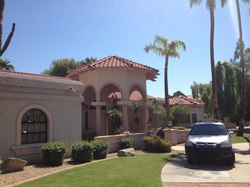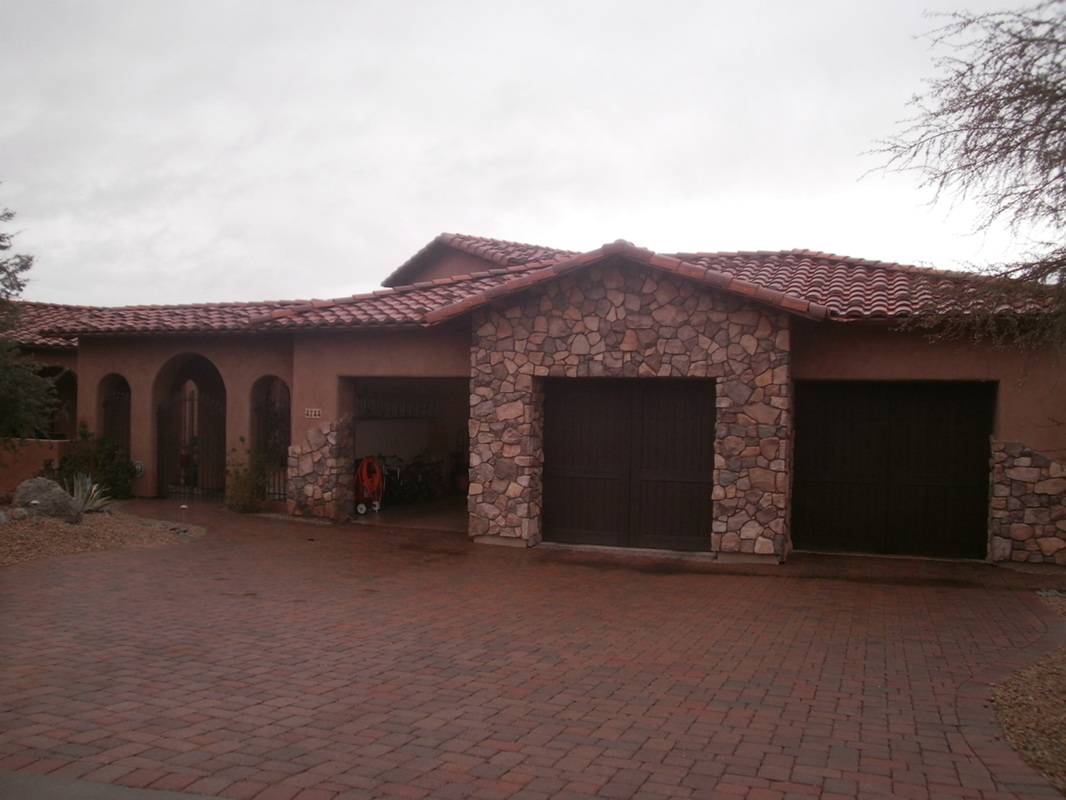|
Even though it seems like all the new home builders nowadays are touting how energy efficient their homes are, there are still plenty of major problems and misleading information given in terms of the energy efficiency of their homes.
Here are a few ways a home builder can make it seem like you are getting a good deal, when in reality you could be getting mislead: 1. A touted low HERS Score A HERS Score is a standard by which a home's energy efficiency is measured. The HERS (or Home Energy Rating System) was developed by RESNET and is the nationally recognized system for inspecting and calculating a new home's energy performance. It is used to Certify Energy Star Homes, LEED for Homes and is also recognized by the mortgage industry. The fact that a home has a HERS score means very little in a new home community. Why? It's because that particular HERS score was given to a model home, which was tested by a HERS Rater, but that HERS Rater does not test every home in the community. For an accurate HERS score, every single home in the community needs to be individually tested. We have done energy audits on plenty of homes less than one year old that supposedly had a low HERS Rating, and we have found everything from zero insulation above an office, to unsealed ductwork, to direct connections to the attic from the interior walls of the house. Just because your neighborhood's model home has a low HERS Score, this does not guarantee your home will have a low HERS score. You need to have a HERS Rater or independent energy auditor come out to your home to inspect it was truly done right. 2. An energy efficient home means the attic is well insulated Wrong again! A builder and their subcontractors will take short cuts even in these days' post-housing bubble, because no one checks their work and they are not liable to anyone but their own share holders. If you are looking into buying a new build from a major builder, you need to get in writing the R-value before you sign anything. Before signing is when you still have some power over the builder. Simply insulating a house to code is not being energy efficient. We have a saying here that code is the worst you can legally build a home. Many builders will only insulate the attic to code. It is important that you insulate up to Energy Star Standards per your climate zone. In Phoenix, Arizona we need our attics up to at least an R-38, and our code is just R-30! 3. It's okay to use less insulation when you add in drywall and wood stud Builders frequently cut corners by considering the drywall and ceiling wood frame as part of the insulation to give you even less insulation to reach the code. That means if 10" of cellulose is R-30, a builder may only give you 9" of insulation because they are adding in your drywall and wood frame to be a total of R-30, so you will miss out on that extra inch of insulation. 4. The R-value of the insulation is taken from the manufacturers specifications, not Energy Stars. The manufacturer says that under laboratory conditions, an R-30 is 8" of cellulose. Energy Star, BPI and RESNET all state that an R-30 is 10" of cellulose. Who do you believe is right? The independent non-profit agencies, or the private company trying to make a profit? 5. Duct design best practices are non-existent The advantage of a flex duct is that anyone can install it. The disadvantage is that no one really knows how to properly install it anymore. A duct design can tell you what is required to deliver the air to each room, but no one checks if the installation actually followed the Manual D Duct Design specifications, or if airflow best practices were followed. This means that you can purchase a brand new home and unfortunately discover that you have hot, uncomfortable rooms in the summer. 6. The windows are super efficient Even the best, triple pane gas filled windows are still going to be the weakest spot in the home, allowing for more heat gain and loss than any other area. Don't listen to the superintendent when they say you won't need shade screens or shading because the windows are so good. To that, I suggest inviting them to sit in front of a sun struck window in the middle of July in Arizona and then trying to tell you how comfortable it is. By being diligent in your homework and staying on top of your builder, you can greatly increase your chances that your home gets built with the best quality you are paying for.
0 Comments
|
Sign Up For Your Home Energy AuditFIND YOUR HOME TYPERanch HomesSingle Story, Spec HomesTwo Story, Spec HomesTri-Level HomesPre-1990 Custom HomePost-1990 Custom HomeDon't See Your Home? Find Your City Below!Archives
April 2024
Copyright Notice©2009 – 2023
All Rights Reserved |


